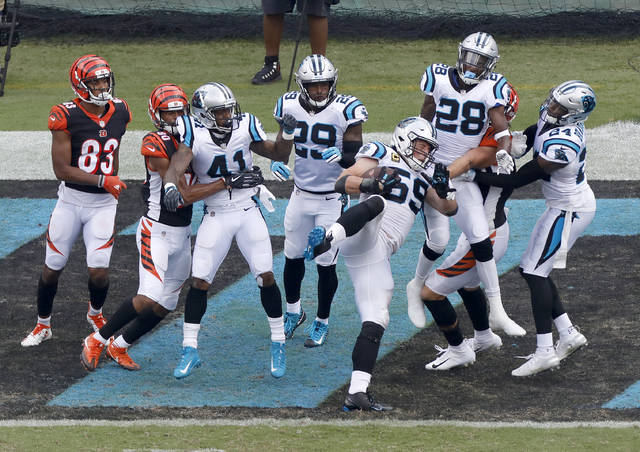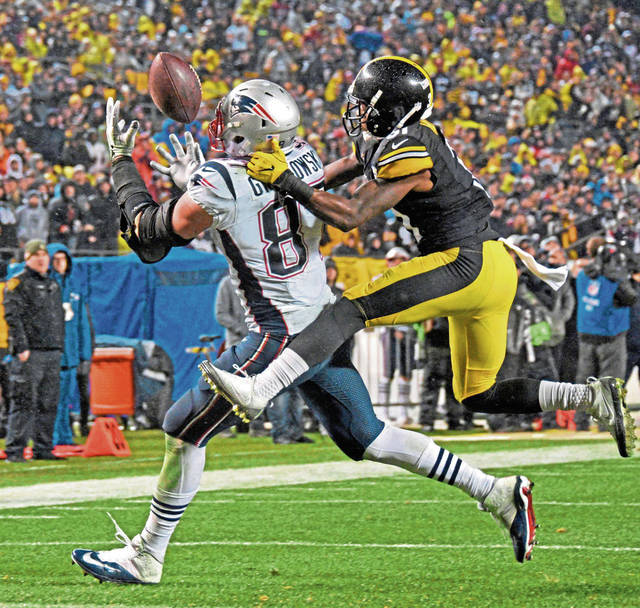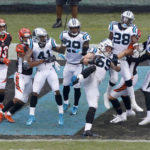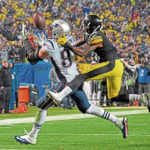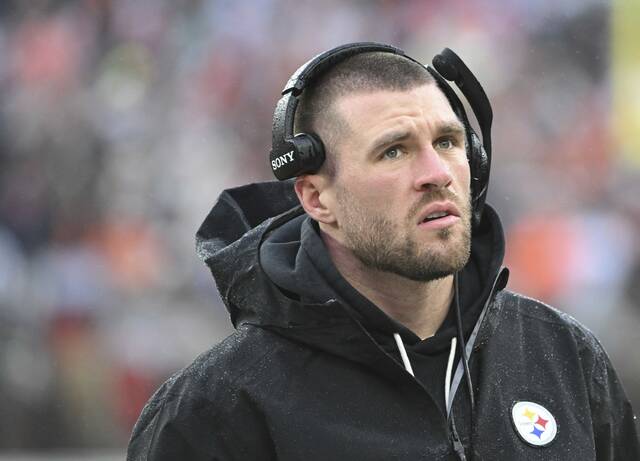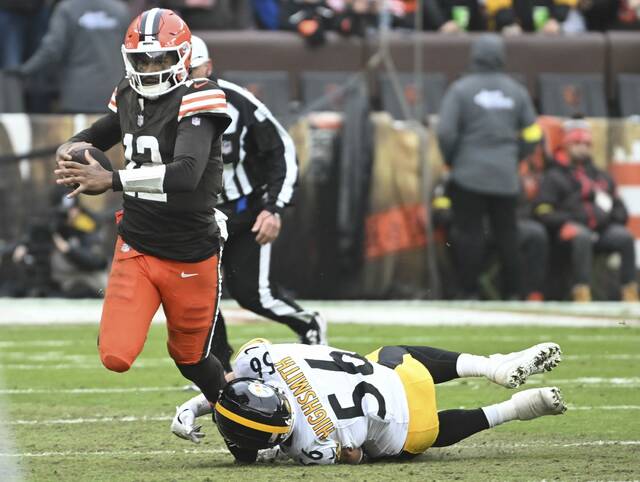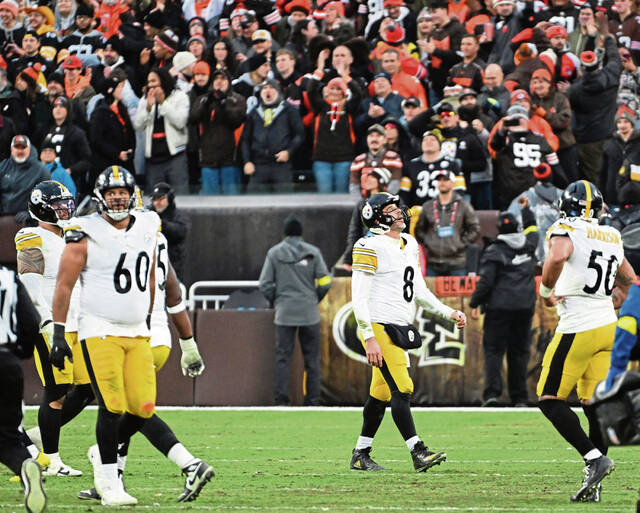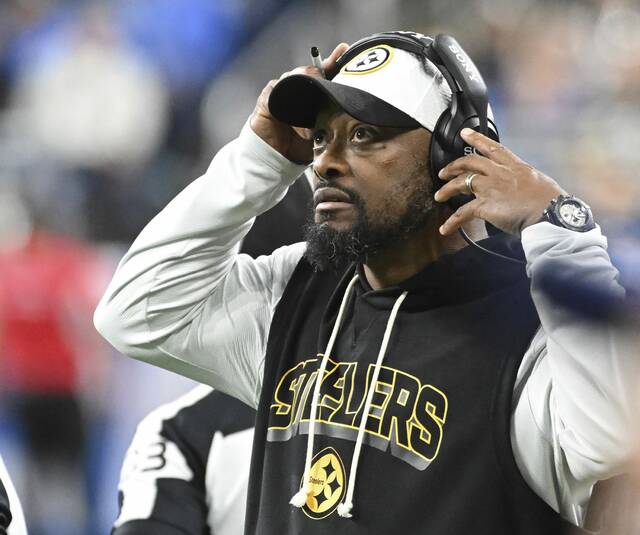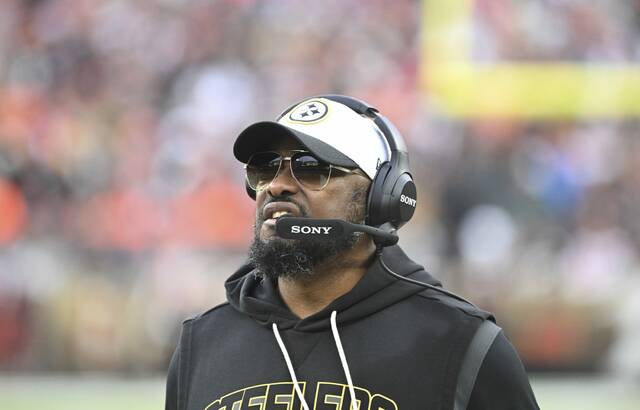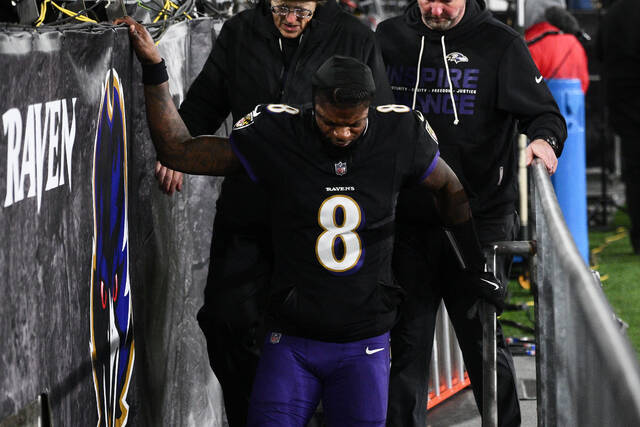I’ll give this to the Pittsburgh Steelers secondary: They sure are a diplomatic bunch.
I approached many of the defensive backs who were at organized team activities Thursday, looking for some reaction to the tweak of the new NFL pass-interference rules.
In case you missed the news Wednesday, the league is changing its mind about its new pass-interference rules that had been drafted in late March, which allow for coaches to challenge pass-interference penalties. But calls in the final two minutes were going to have to be decided by the replay assistant.
On Wednesday, owners voted to change that. Pass- interference penalties will have to be initiated by a coach’s challenge throughout the entire game.
A compromise should be finalized in June.
The competition committee and officiating czar Al Riveron have their conference calls with NFL coaches on June 4 and 5.
— Albert Breer (@AlbertBreer) May 22, 2019
You can expect a decision from the CC on OPI/DPI reviews after that.
What I expected from the Steelers defensive backs was pure jubilation. Based on how the new rules initially were authored, once the two-minute warning would have hit, the replay officials could have dissected every 50-50 play that wasn’t whistled for a pass interference, and looked for it.
You know they would have, too.
The last two minutes of games were poised to take hours. Clean plays by defensive backs would suddenly become significant penalties after the magic of replay.
“On both ends, it’s good,” cornerback Mike Hilton said. “We can’t rely on (challenge flags correcting bad calls). We just have to be in the best position that we can be.”
Surprisingly, Hilton was one of many Steelers defenders just as concerned about calls their offensive teammates may not get as they were relieved that their plays wouldn’t be subject to extra scrutiny during the most crucial time of the game.
“Relieved? Honestly, I wouldn’t say that’s the right word,” safety Terrell Edmunds said. “It can go either way.”
Wow, I never thought I’d say this. But these Steelers are being too reserved with their comments.
I’ll be less politically correct. This adjustment is a godsend, and something I’ve been calling for since word of the initial change was announced in March.
It’s absolutely frightening to me the owners couldn’t see these potential ramifications on their own before putting pen to paper two months ago.
What were they thinking?
What should frighten us more is these same brain surgeons who couldn’t sense these unintended consequences are now perhaps putting themselves in charge of writing a definition of what a Hail Mary is.
Yes. Since the NFL is … the NFL … it can’t help but make one thing more complicated while attempting to simplify something else.
Because Hail Marys are so hotly contested, with lots of natural physical contact, the league wants to make those game-ending plays exempt from review to minimize confusion and avoid sapping the immediate elation of victory and sorrow of defeat.
One problem: What constitutes a Hail Mary?
“A Hail Mary is just an all-or-nothing play,” cornerback Steven Nelson said. “A quarterback lobs it up as far as he can.”
That’s a fine dictionary.com explanation, Steven. But if the league is going to differentiate a Hail Mary from any other pass play, then specifics have to be included.
Things like:
• The maximum time left on the clock before a Hail Mary snap. Is it 10 seconds? Seven?
• Do teams only get one Hail Mary? Or what if they try one with 10 seconds left on third down and 1 second remains for fourth?
• What is the minimum distance the ball has to travel in the air for it to count as a Hail Mary, and how far away does the line of scrimmage need to be from the goal line?
• Does the ball have to be caught in the end zone? Or can the receiver catch it in front of the goal line and fall in?
• What if the last snap of the game occurs at the Kansas City 10-yard line and Pat Mahommes throws the ball 60 yards in the air and a Chiefs receiver is interfered with 60 yards downfield? Does that still count?
Exhausted yet? I’ve just scratched the surface.
And my concern is the NFL will just scratch the surface, too, yet write the rule anyway.
Just like they did with original pass-interference challenge rules in the first place.


